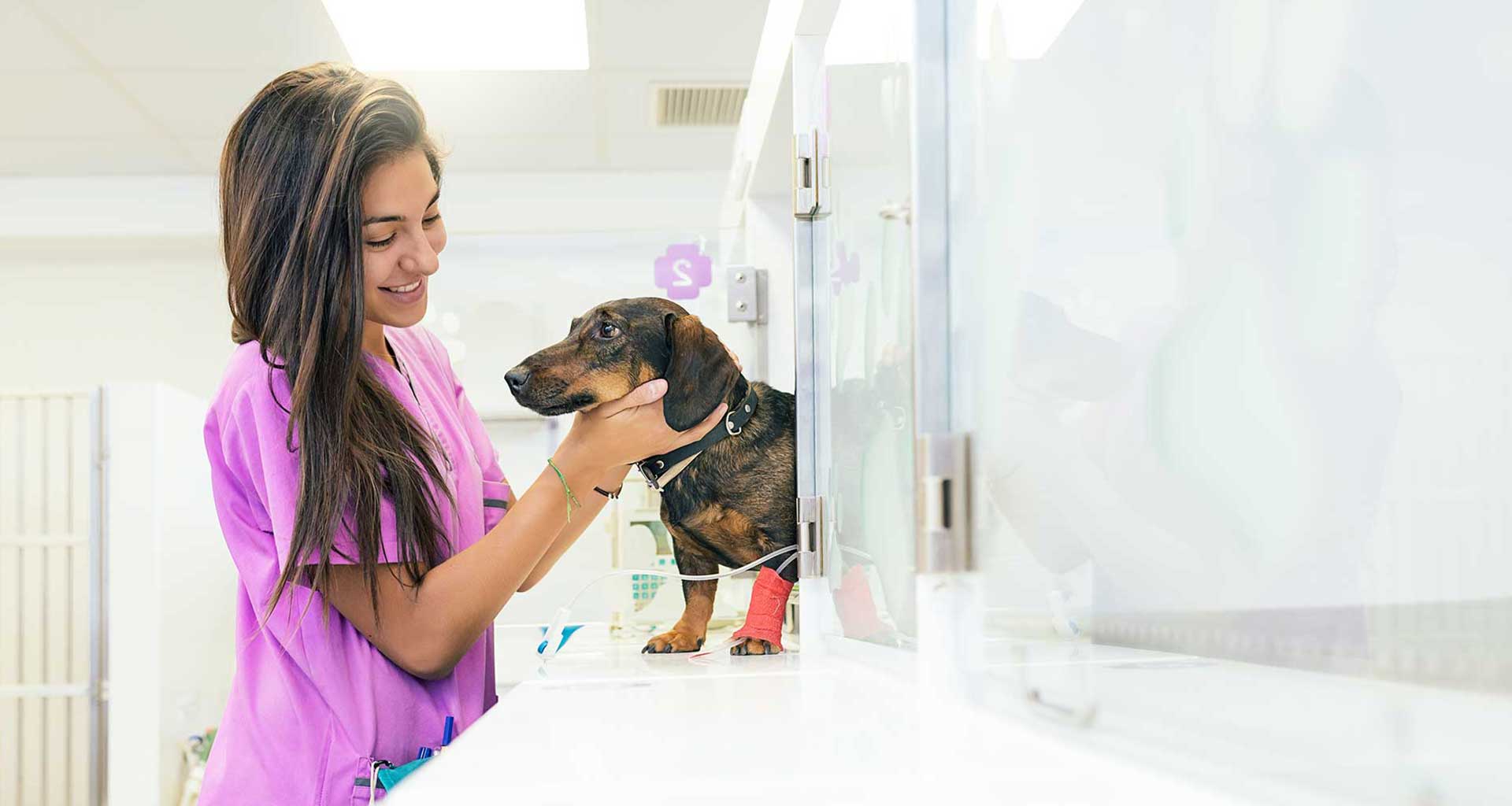Ear infections are a common reason pet owners will seek advice from their vet. Recognising an ear infection and seeking advice early can be critical in achieving a quick and successful outcome. Ear problems can be frustrating to treat, they often can wax and wane and knowing when to finish treatment can be difficult due to the shape of our cats and dogs ear canals.
Warm moist ear canals, with little ventilation, make an ideal environment for infection to establish. Bacteria and yeast can multiply in a warm, waxy, moist environment, contributing to inflammation. Ear infections can progress from the outer ear, to the middle and even inner ear if the ear drum is ruptured. Inner ear infections can cause issues with a dog or cats ability to hear.
What are the signs of ear infection?
Does your pet shake their head a lot? This may be because their ears are inflamed, itchy or sore.
Other symptoms of ear infections are:
- Scratching ears
- Smell from ears
- Discharge from ears
- Sore ears (won’t let you touch them)
- Red or swollen skin around the ear or on the “pinna”- the ear “flap” (should be healthy pink)
- A tilting of the head to one side or the other (inner ear infection)
- Different pupil sizes or a raised Third eyelid (the small lid in the inside corner of the eye)
What causes ear infections?
There are many reasons why our pet’s ears become inflamed. Here are a few commonly seen causes.
Allergies : There is a strong link between allergic skin disease and Otitis (ear inflammation) and often an ear infection is the first symptom of underlying skin disease.
Foreign bodies – Grass seeds can get stuck in your pet’s ear and cause pain and inflammation making the ear sore and irritating to your pet
Humidity – Moisture in your pet’s ears encourages yeast and bacteria to grow.
Narrowed ear canals – some breeds of dogs eg the Shar Pei, have narrowed ear canals making drainage from the ear, and good ventilation into the ear canal difficult. For these breeds of dogs getting ear treatment into the right part of the canal to get a quick resolution can be tricky.
Parasites – Mites are often a cause of ear infection in young animals. These pets are highly irritated by their ears, and often have a dark brown discharge from the ears.
What to do if you think your pet has an ear infection
Make an appointment at your local vet clinic. The vet will examine your cat or dog from top to toe including a focus on the ear canals. They will use an otoscope to look into the ear canal and take swabs to analyse what type of infection is present. Often if we can’t see right down the ear canal because it is either painful or full of discharge we will suggest a small sedation procedure for your pet so we can clean the ear and examine the ear drum. We will then prescribe an appropriate medication for the ear, and can show you how best to apply this to the ear canal.
How you can prevent ear infection
Check your pet’s ears regularly and be on the look out for signs of an infection. If ears are not a healthy pink colour, if they have a discharge or odour, or if you notice swelling or pain from the ear then consult your veterinarian. Check your pet’s ears regularly and be on the lookout for signs of an infection. Also, regular cleaning by lifting the ear; squeezing in a recommended ear cleaning fluid; gently massaging the ear to distribute the fluid; and removing excess liquid with cotton wool can help with pets that are prone to infections, Your vet or vet nurse can show you how to properly clean your pets ears.
And finally, NEVER USE cotton buds in your pet’s ears as this could cause further damage to the ears.


